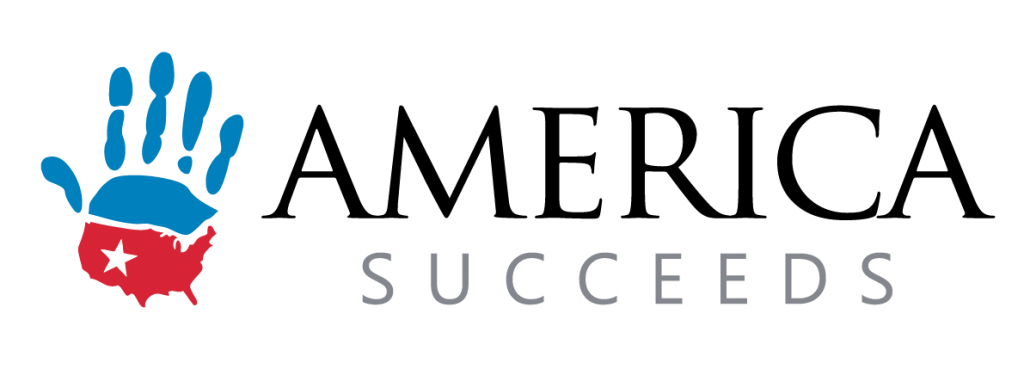Alongside workforce development, our educational system stands on the brink of transformative change. In the first blog of our three-part series, we discussed our 2024 predictions for workforce development. This blog post explores America Succeeds’ predictions for the key trends and changes in our education system that we anticipate for 2024.
So, what’s on the horizon?
In this rapidly evolving landscape, understanding upcoming trends is more crucial than ever for educators, policymakers, students, and businesses alike. From the integration of durable skills to the restructuring of traditional learning models, these predictions offer a glimpse into the dynamic and exciting future of education.
Read along as we unveil the trends poised to shape the education sector in 2024 and beyond:
-
- Increased Integration of Durable Skills Instruction and Learning Opportunities: The educational landscape is expected to witness a significant shift towards incorporating durable skills – such as problem-solving, critical thinking, and adaptability – into the K-12 environment. This change will likely manifest through an increase in work-based and experiential learning opportunities, providing students with real-world experiences. Educational institutions may also develop and implement comprehensive standards and specialized training programs, emphasizing the cultivation of these essential life and career skills across various stages of learning.
-
- Focus on Restricting Mobile Phone Use by Students Within Schools: In response to growing concerns about the impact of mobile phone usage on student mental health and academic performance, a trend towards stricter policies on mobile phone use within school premises is anticipated. This movement aims to create more focused and distraction-free learning environments, potentially enhancing student engagement and educational outcomes.
-
- Shifting Further Toward Personalized and Competency-Based Learning: The trend towards personalized and competency-based learning models is set to gain momentum. Education systems are likely to increasingly tailor curricula to meet individual students’ learning styles and practical competencies, moving away from the one-size-fits-all approach. This shift aims to provide more effective and relevant education, ensuring that students are not only knowledgeable but also skilled in applying their learning in real-world scenarios.
-
- Challenges with Shifting Enrollment and Federal Funding: Schools and districts may encounter significant challenges due to fluctuating student enrollments and reductions in federal funding, particularly the expiration of the Elementary and Secondary School Emergency Relief (ESSER). This situation could lead to difficult decisions such as staff layoffs and potentially, discussions about school closures. These challenges will require innovative solutions and strategic planning to ensure the sustainability of educational institutions.
-
- Continued Expansion of School Choice: The concept of school choice is expected to expand further, with policies like Education Savings Accounts becoming more prevalent. This expansion will likely include a greater focus on open enrollment policies, especially aimed at providing underserved families with more options for their children’s education, thereby fostering equity and access.
-
- Targeted Teacher Strikes: In the face of political shifts, 2024 being an election year, and ongoing funding challenges, the education sector may experience an increase in teacher strikes. These actions will likely be driven by educators’ discontent with issues such as compensation, working conditions, and educational policies, reflecting the need for systemic change and improved support for teachers.
-
- Efforts to Diversify the Teaching Profession: Initiatives aimed at diversifying the teaching profession, such as Grow Your Own programs, are expected to gain traction. These efforts will focus on creating more inclusive pathways into the teaching profession, aiming to build a more diverse and representative educational workforce that can better address the needs of all students.
-
- Restructured and Expanded Graduation Pathways: There is a growing movement towards restructuring graduation requirements to better align with career opportunities and the evolving job market. This effort is expected to include the creation of more varied and flexible pathways to graduation that provide students with relevant skills and experiences. For examples of state models that are creating agile high school experiences, please refer to our LinkedIn article on this topic.
-
- Battles Over Assessment and Accountability: The education sector will continue to engage in debates over the role and scope of statewide assessments and school accountability systems. These discussions will be driven by concerns about the slow pace of recovery in student learning post-pandemic and the need for systems that more accurately reflect student needs and achievements.
-
- Addressing the Digital Divide: Efforts to address the digital divide, particularly for underprivileged students, will remain a priority. This includes policy initiatives and community efforts aimed at providing equitable access to technology and internet resources, ensuring that all students have the tools they need to succeed in an increasingly digital world.
As we enter 2024, we expect a shift towards a more inclusive and adaptable education system, and an increased need of support for educators. Embracing these changes and addressing the challenges will be pivotal in shaping a resilient and effective educational framework for the future.
Stay tuned for our final article of the series on the interconnectedness of workforce development and educational system trends.




